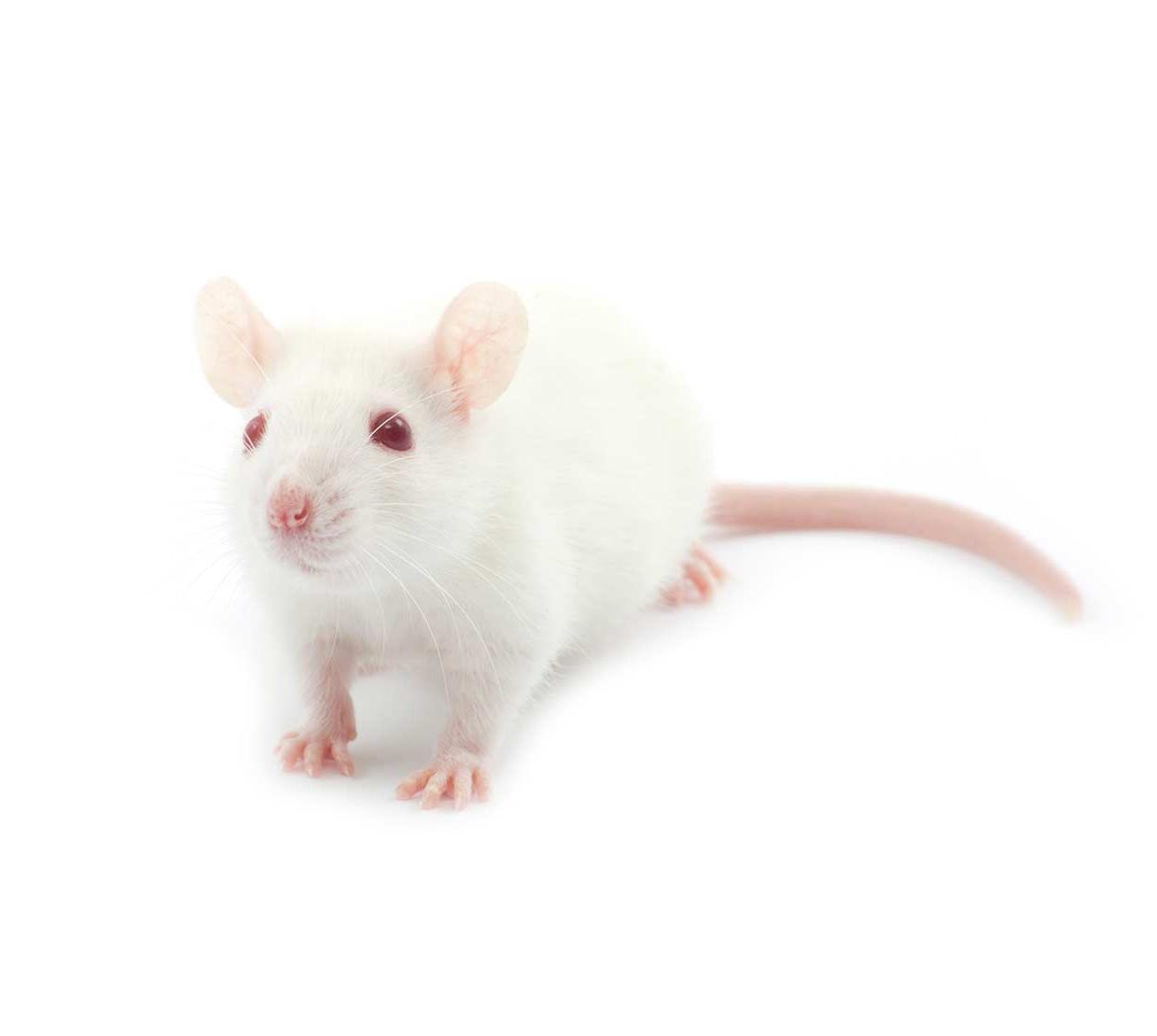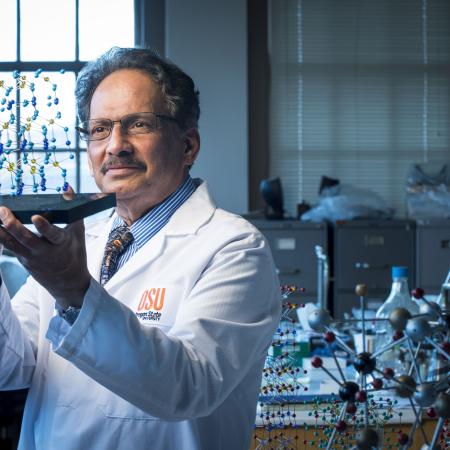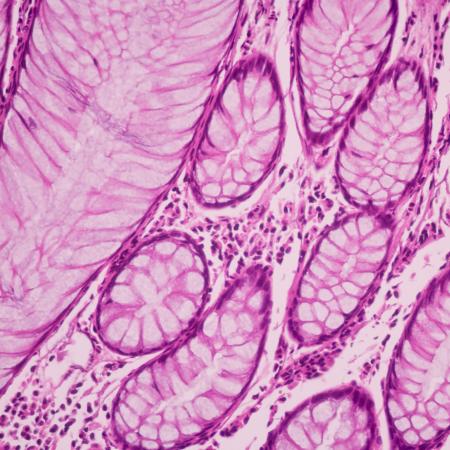Research highlights
The College of Science has an extensive and deep research portfolio that is globally recognized, providing our students enriching and life-changing experiences working alongside leading scientists and researchers in the College.
Our faculty and researchers
Director of the Environmental Health Sciences Center and Biochemistry/Biophysics distinguished professor Joe Beckman and his research team found that a copper compound significantly improved the lifespan and motor control in mice affected with ALS. This treatment is the first to provide lasting effects beyond a few months. See sidebar or visit the Linus Pauling Institute webpage to read more.
Integrative Biology distinguished professor Bruce Menge is leading efforts to understand the epidemic of sea star wasting syndrome that exploded last summer along the Oregon coast, the first ever identified along the West coast. The disease not only threatens to decimate the entire population of sea stars, it could also disrupt the entire marine intertidal ecosystem. Read more. Update: read the new genomic research, which indicates that the sea star disease epidemic may be linked to a virus.
In correspondence published in the Annals of Internal Medicine, Biochemistry/Biophysics professor and director of the Linus Pauling Institute Balz Frei refuted recent claims that multivitamin/mineral supplements are unnecessary and made the case that a daily multivitamin can fill nutritional gaps. Read more.
Integrative Biology postdoc Jeffrey Oliver’s latest study of the colorful “eyespots” on the wings of butterflies addresses fundamental questions about evolution. More in story below.
Integrative Biology researcher Kathleen Prudic’s study provides empirical evidence of the effects of butterfly eyespots on survival and adaptation. More in story below.
Tory Hagen, a Biochemistry/Biophysics professor and Helen P. Rumbel Professor for Healthy Aging Research in the Linus Pauling Institute, discovered along with his team the ability of a micronutrient to restore a normal circadian rhythm (“biological clock”) in aging animals. This discovery may be important to biological functions, ranging from stress resistance to cardiac function, hormonal balance, muscle performance, glucose metabolism and the aging process. Reported in the journal of Biochemical and Biophysical Research Communications. Read more.
Joint professor in the Departments of Environmental and Molecular Toxicology and Chemistry, Staci Simonich found new compounds that are hundred times more mutagenic than known carcinogens. Mutagens are chemicals that can cause DNA damage in cells that in turn can cause cancer.
Chemistry associate professor May Nyman developed the first inorganic, molecular materials that can effectively degrade dangerous chemical warfare agents. Nyman’s research was published as a cover article in the May issue of the European Journal of Inorganic Chemistry.
Integrative Biology post-doc Stephanie Green’s research shows that controlling lionfish populations can help recover native fish and to some extent may aid larger ecosystem recovery as well.
Microbiology professor Bruce Geller recently found an antibacterial agent called PPMO that may yield a new approach to antibiotics. Read more.
Department of Chemistry distinguished professor Doug Keszler published a breakthrough study of the aqueous chemistry of aluminum expected to yield technological advances in electronics and many other fields, ranging from manufacturing to construction, agriculture and drinking water treatment.
Biochemistry and Biophysics associate professor Michael Freitag and his team’s research on gene deletion revealed new compounds with antibiotic potential. The finding was announced last fall in the journal PLOS Genetics. Read more. Biochemistry/Biophysics assistant professor Viviana Perez recently published a study that helps explain the action of rapamycin—one of a group of drugs with immunosuppressant functions in humans—as an agent that appears to slow aging and related disease.
Chemistry assistant professor David Ji made a fundamental chemical discovery indicating that trees may soon play a major role in making high-tech energy storage devices.
Microbiology distinguished professor Steve Giovannoni collaborated with Angel White in the College of Earth, Ocean, and Atmospheric Sciences to discover that ocean’s most abundant organism, SAR11, can create methane—a powerful greenhouse gas that is roughly 20 times more potent than carbon dioxide—from methylphosphonic acid. Read more.
Professor emeritus in Integrative Biology, George Poinar, Jr., and his team found that ticks fossilized in amber show that the bacteria which cause Lyme disease may have been lurking around for 15 million years. In the article published in Historical Biology, Poinar and his research team also found that ancient amber fossil revealed evidence of sexual reproduction in a flowering plant. Read more.
Chemistry professor Vince Remcho developed a new chemical assay that’s inexpensive, simple, and can spot fake malaria drugs, an enormous and deadly problem in the developing world. His students translated the research into a mobile app that could be used to tell with an even higher degree of accuracy both the presence and level of the drug. Remcho’s research has been reported in The Health Site, Health Canal, and Infection Control Today.
Pioneering ALS research
Joe Beckman, a distinguished professor of biochemistry and biophysics, is part of an important research endeavor that could potentially provide effective treatment for amyotrophic lateral sclerosis (ALS), or Lou Gehrig’s disease that destroys motor neurons and is almost always fatal.
Beckman and his team have shown that oral intake of a chemical compound significantly increased the lifespan and improved the locomotor function of mice afflicted with ALS. He is quite optimistic that these results can pave the path for the treatment of ALS in humans as he continues work on a therapy that will deliver copper selectively into the affected cells of the spinal cord.
Beckman, whose work is supported by the National Institutes of Health, joins other researchers in the College of Science who have been collectively awarded $55 million in grant funding for fundamental and applied work in health sciences, ecological and environmental research and materials science.
He also assists the ALS Association of Oregon; the work is another shining example of the OSU’s commitment to producing excellent research that will improve the lives and health of communities across the state




